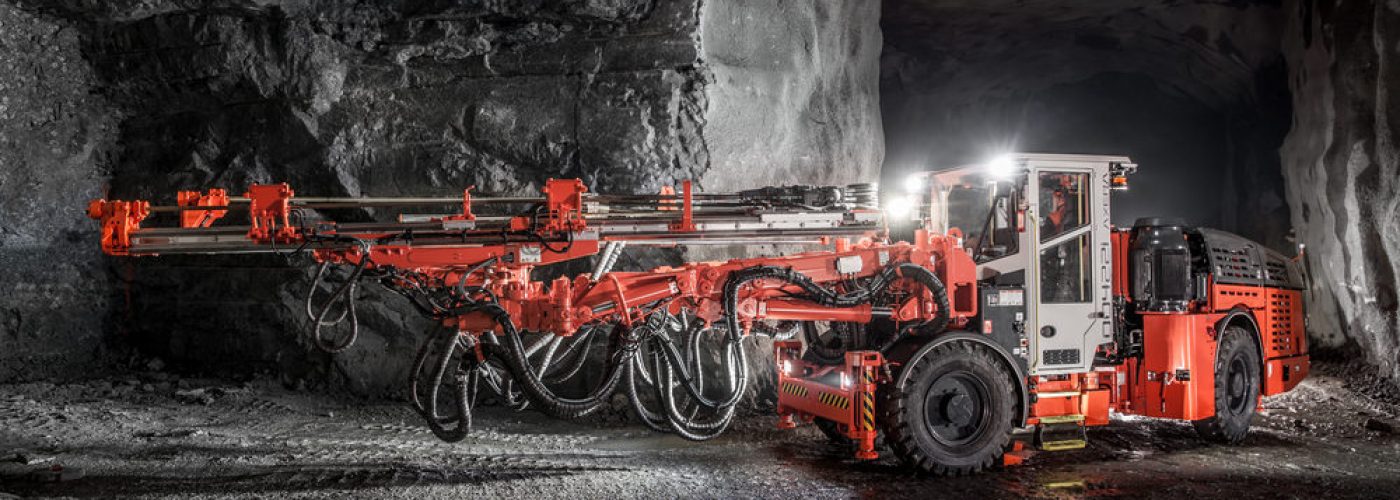Mining is an industry that has been around for centuries. Since the beginning of mining, there have always been advancements in technology to help make the process more efficient and productive.
The next frontier in mining may be underground mines where IoT from companies like Newtrax is transforming the industry. In this post, we will discuss how IoT is changing the way miners measure progress in their work and what they can do to stay ahead of the curve on this new wave of technological innovation.
1. Predictive Maintenance
IoT has enabled mining companies to reduce the number of unplanned shutdowns and increase production. This is achieved through predictive maintenance, which uses IoT sensors that monitor equipment performance in real-time as well as provide situational awareness about a machine’s location and health.
It also includes data analysis from these monitoring systems to better understand how machines are performing when analyzing historical trends for things such as temperature changes over time or vibrations.
Predictive maintenance helps ensure reliability without interrupting production schedules with unscheduled downtime, saving money on labor costs and expensive repairs by identifying problems before they occur so that work can continue uninterrupted.
2. Use Of Cloud Services For Logistics
Mining companies are increasingly using cloud services for logistics, transportation management, and fleet optimization. This allows mining companies to quickly analyze data from their field operations and make resource decisions based on real-time information about the state of equipment, materials, or personnel.
3. Inventory Management
The mining industry has the need for constant innovation to keep up with evolving technologies. One of these areas in which IoT has really made an impact on this sector is inventory management.
Digitizing each item and using barcodes or RFID tags can create a real-time picture of what’s been taken as well as where it came from at any given time – helping managers better plan their workday and more efficiently manage whatever they’re working on.
4. Real-Time Analytics And Data
The IoT allows for real-time data and analytics. This is important because it can happen in a specific timeframe, rather than weeks or months later. There’s also more accuracy since the sensor devices are sending their readings directly to central monitoring systems that will take care of analyzing them remotely.
5. Time-Saving
In the mining industry, time is money. IoT can be applied to help miners save a lot of their precious time and manpower by automating various processes that currently take too much effort for humans alone to do.
One such process is drilling holes in specific rock formations under high-pressure water streams while simultaneously measuring flow rates using sensors installed inside drill pipes.
This measurement would typically require someone constantly checking gauges on machinery which takes up valuable man-hours. But with an IoT system monitoring these factors automatically every few seconds, it becomes possible for the miner(s) to focus on other essential tasks where they are needed most.
6. Improves Safety
One of the biggest benefits of IoT in underground mining is that it can make mines safer. For example, remote monitoring sensors at one mine reduced the number of incidents by 36%. This is a huge improvement since any incident might be lethal for miners. With this technology, there’s always someone watching out for them and they’re never without help if an accident does happen.
7. Improved Visibility And Traceability
One of the big changes in underground mining is that it’s becoming increasingly difficult for miners to know what they’re digging up. What’s more, when a breach occurs and workers are exposed to toxic chemicals or methane gas an evacuation often follows, making safety a big concern.
With IoT data analytics, however, you can keep track of all excavation areas as well as any breaches within those areas at every moment, increasing traceability and visibility while improving safety on site.
Wrapping Up
IoT is transforming the mining industry in many ways. For example, it has enabled companies to develop smarter mines with real-time data about their operations and equipment status, while reducing operational costs for smaller projects via remote monitoring systems.
IoT’s impact on this sector will likely continue to grow as more miners adopt the technology across a range of use cases.





